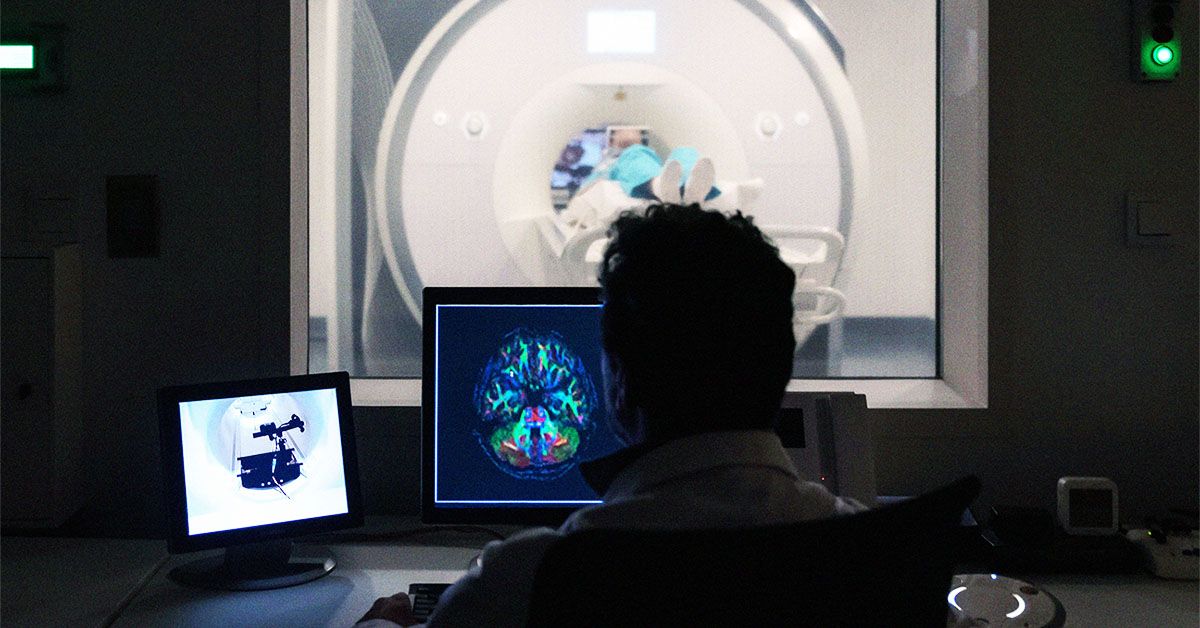A groundbreaking new machine learning model has been developed that can predict the onset of dementia with over 80% accuracy, up to nine years in advance. Conducted by researchers at Queen Mary University of London, the study leveraged functional magnetic resonance imaging (fMRI) scans from the UK Biobank to observe changes in the brain’s default mode network (DMN), an area believed to be associated with Alzheimer’s disease. The model identified disconnects between key regions within the DMN, which allowed the researchers to accurately predict dementia within a two-year window, leading to hopes of early interventions to prevent or delay the onset of the condition.
The study’s findings were published in Nature Mental Health and have been praised by Alzheimer’s experts for their potential impact on early detection and treatment. Dr. Claire Sexton, DPhil, from the Alzheimer’s Association in the U.S., noted that Alzheimer’s has been linked to decreased functional connectivity within the DMN, making the new predictive tool a significant advancement in understanding the disease. However, the study focused on all-cause dementia rather than a specific type, highlighting the diverse nature of dementias and the need for further research to address different subtypes such as frontotemporal dementia and Lewy body dementia.
While the predictive model shows promise in identifying cognitive issues before symptoms manifest, neurologists like Clifford Segil from Providence Saint John’s Health Center in California caution that interpreting fMRI scans can vary between readers, impacting the reliability of the results. Despite this limitation, the development of new diagnostic tools targeting the DMN is seen as a crucial step towards early intervention for cognitive decline. Segil suggested that patients identified through such tests could undergo more frequent structural MRI scans to monitor changes correlating with memory loss, though effective neuroprotective medications are currently lacking in clinical practice.
The study also revealed some limitations, including variations in the definition of DMN disconnectivity across studies, reliance on clinician coding for dementia diagnosis, and the predominantly white, healthier population in the UK Biobank cohort. These factors may restrict the generalizability of the findings, highlighting the need for replication in diverse populations to ensure the reliability and applicability of the predictive model. Sexton emphasized the importance of standardized methods and representative study populations to advance our understanding of Alzheimer’s and develop effective treatments based on early detection.
As research progresses and potential neuroprotective treatments become available, the model developed by Professor Charles Marshall and his team could play a critical role in selecting individuals for clinical trials and personalized interventions. Marshall highlighted the complex patterns of brain activity captured by the machine learning tool, showcasing both reduced and increased activity in different regions as potential indicators of dementia-like changes. The future of dementia diagnosis and management may rely on combining advanced technologies with targeted interventions to address cognitive decline and improve patient outcomes, paving the way for a more proactive approach to neurodegenerative diseases.









